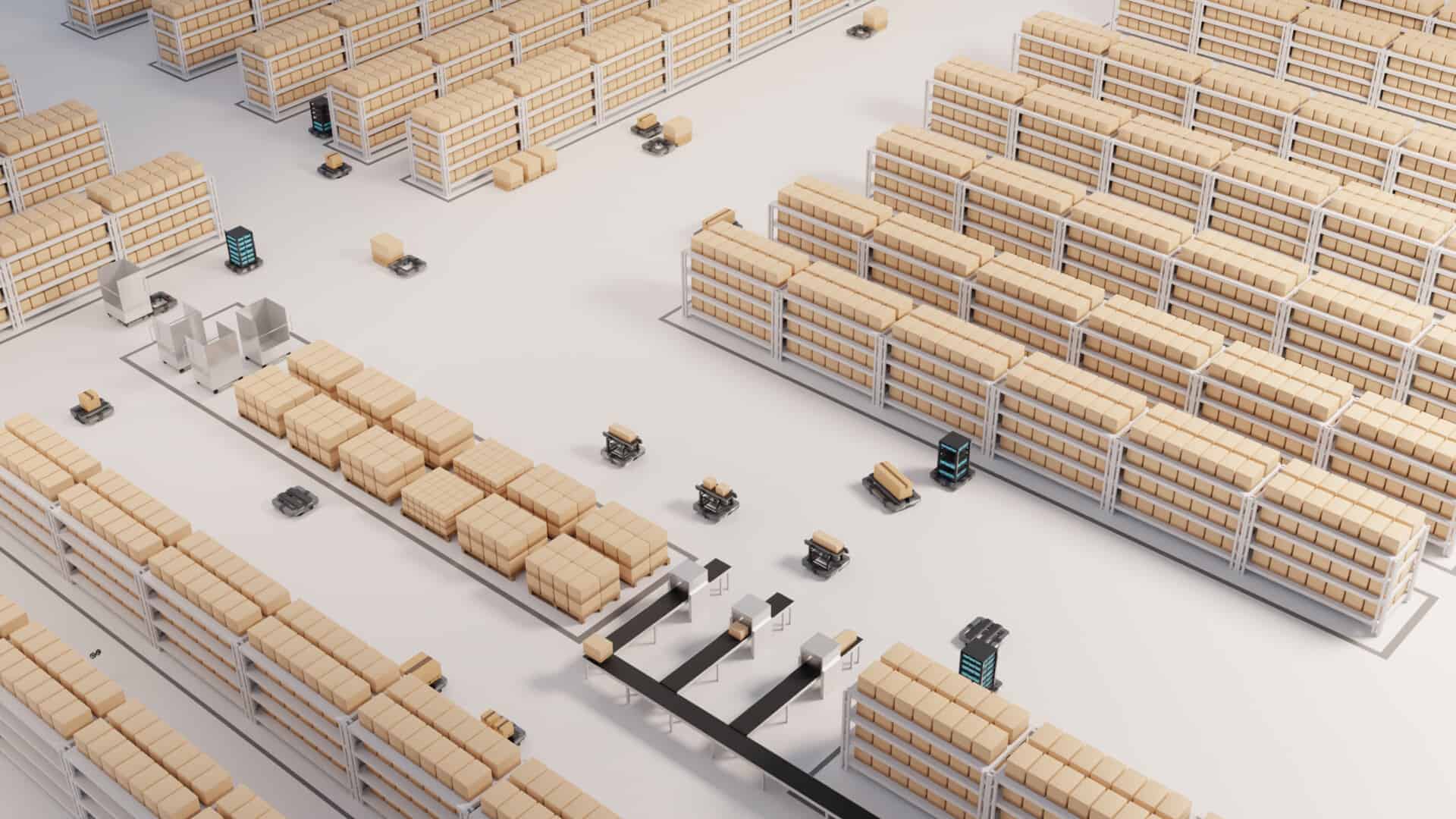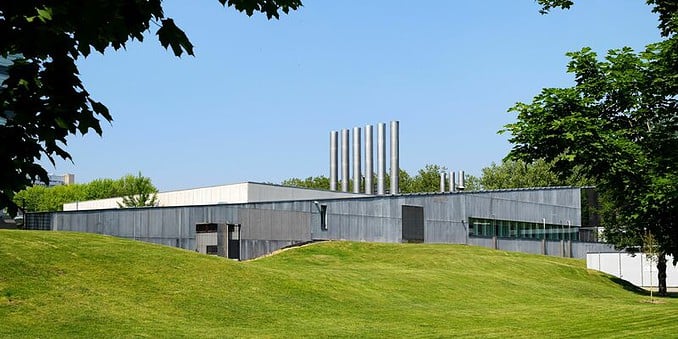
Distribution centers are springing up like mushrooms. In 2021, 654 million domestic packages were sent into the country from distribution centers – not to mention supplies for supermarkets, restaurants, and retail. These warehouses take up some 43 million square meters in the Netherlands.
In addition to the nickname “Holland, distribution country,” these record figures also present increasing challenges. Where the shopping streets empty, meadows and natural areas fill up with “gray block boxes.” Finding enough workers to provide us with new winter coats, fresh fruits, and vegetables or last-minute birthday gifts as quickly as possible is also a challenge. Forty percent of logistics service providers need more staff.
Robots working together like a flock of starlings
This is where Starnus Technology comes in. The start-up from Eindhoven is developing a modular robot system that automates all horizontal movements within a logistics distribution center. The system promises to be able to pick twice as many orders as current robots.
Starnus comes from “starling”. These birds are known for their whirling air show, consisting of as many as a million starlings. “Our robots are not that smooth yet,” smiles CEO and co-founder Khashayar Mansourizadeh, “but it does suit our line of approach. Our robots can move pallets as a whole, as well as individual boxes or packages of different sizes.”
During his master’s at the University Politechnico di Milano, he came across robotics. He finds this so attractive that he moves to Eindhoven in 2021 to start a two-year postmaster’s program in technology engineering at TU/e.
Broken design cycle
Before the Iranian Mansourizadeh has properly unpacked his bags, he sets up a student team. He does not yet have a specific target group in mind; the main goal is to build a flexible, autonomous system. However, at this stage, he is already holding talks with supermarkets and factories to find out where he can put his solution into practice.
Companies’ main criticism of existing robots is that they only perform standardized tasks. “Suppose you have to perform four different distribution tasks for different cargo types. Now a separate robot is often needed for each move. Those robots often come from different companies and it is difficult to get them to work together,” the entrepreneur explained.

“Many companies I have talked to asked if we could build a robot for them. That was strange: there are plenty of larger robot manufacturers; why would they ask a student team? Then the penny dropped: with large robot manufacturers, logistic providers don’t find the robots that fit their specific needs.”
Mansourizadeh blames this problem on a “broken design cycle”: a robot developer knows (approximately) what some large customers want, focuses on the specific requirements, designs a solution, and then wants to sell that solution to other customers. At the same time, conditions can vary significantly from one customer to another. For example, one distribution center processes only pallet products, while another works less with pallets and more with loose products.”
New kid in the game: flexible and modular robots
So now there is Starnus Technology. The Starnus robot can implement four different functionalities:
– Transporting odd-sized products
– Transporting pallets within the distribution center
– Transporting totes and packages
– Transporting packages to and from the conveyor belt
The load capacity is between one hundred and one thousand kilograms. Through an app, workers can interact with robots and schedule the robots’ work.
The system can be fully customized regarding size, payload, and functionality. “Even with a system already implemented, those three factors can be adjusted. So if a product becomes heavier or larger, the customer can adjust the robot.”
The system consists of several modules that can be customized to a customer’s needs. Those modules are accompanied by advanced software which includes SLAM (Simultaneous Localization And Mapping), machine learning to teach robots how to navigate better in hybrid environments, and a fleet management system that control the flow of robots within facilities.
Not only the robots are flexible. Depending on the size of a distribution center, it can purchase twenty to a maximum of two hundred robots, but leasing is also possible. The idea is that the start-up manages the robots and provides maintenance; customers pay a fixed monthly amount for each robot they purchase. “This also makes us interesting for companies that do seasonal work. They can easily scale up, and don’t suddenly find themselves with a surplus of robots in their off-peak season.”

From Eindhoven to Delft to Las Vegas
The company recently became part of the incubator program YES!Delft, and early this year it was at CES, the world’s largest tech fair. But, the most significant milestone Mansourizadeh feels is that he managed to bring in assistant professor at TU/e Cesar Lopez as CTO. “Lopez had been coaching us for a long time regarding the technical part. When we won a big grant in February, he joined us as a CTO. That’s good for our team and radiates a lot of confidence to potential customers.” In addition to Lopez and Mansourizadeh, the team consists of eight engineers.
The first robot should be finished in August, and two pilots are scheduled with customers in early 2024. Mansourizadeh’s plan is clear. With Starnus Technology, he wants to become the number one autonomous robot manufacturer worldwide. “We can offer an extensive range of solutions. Maybe in the future, our robots will bring packages to your door.”


